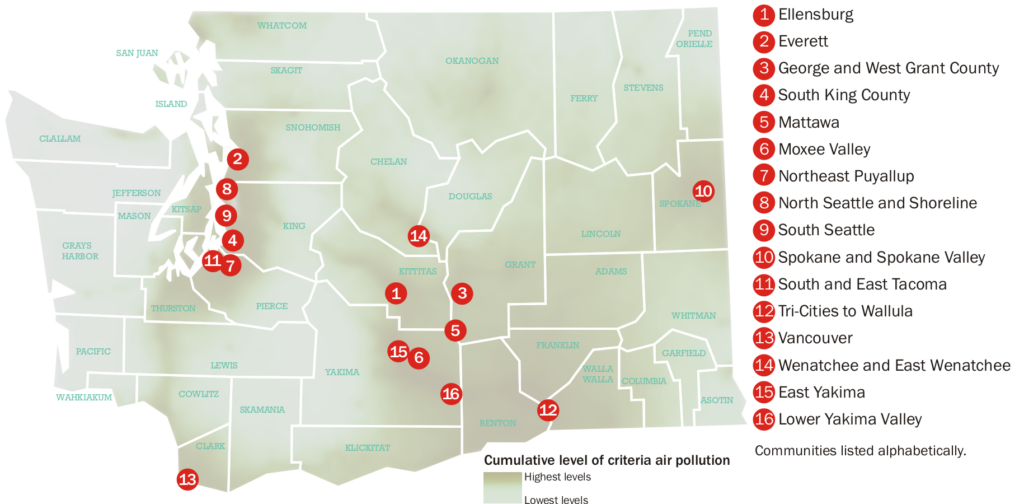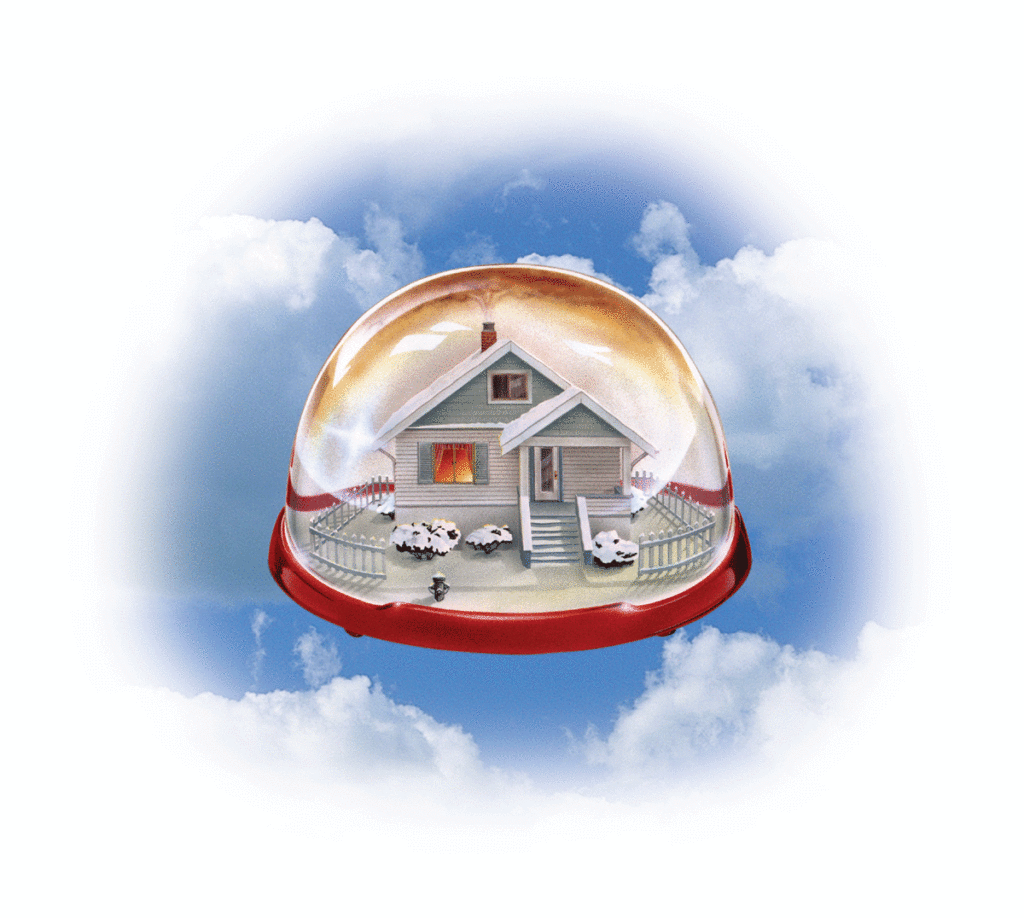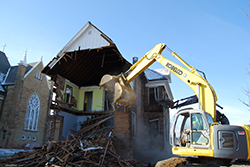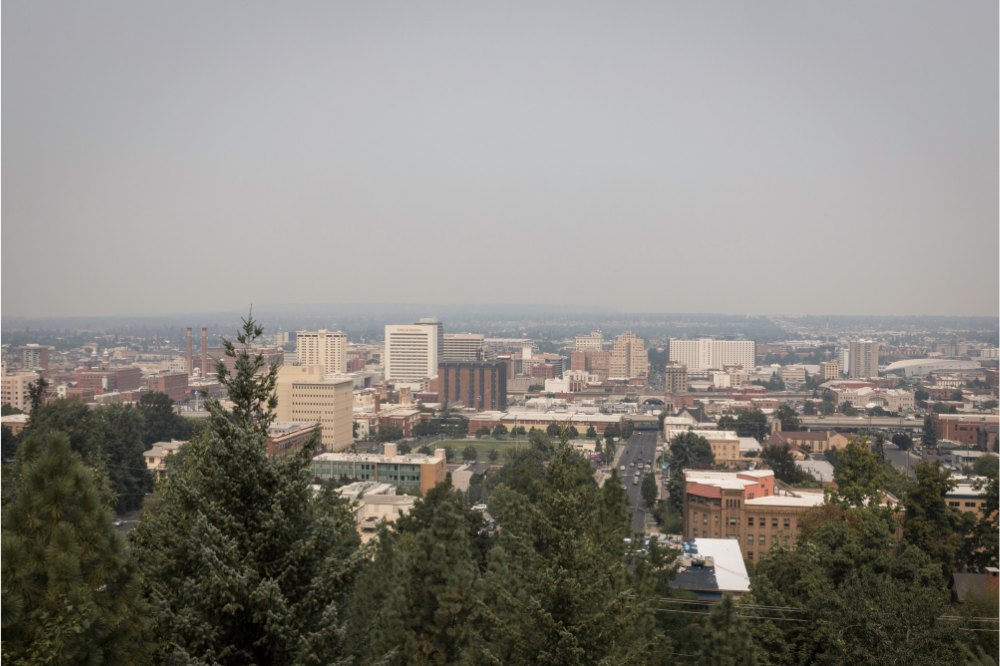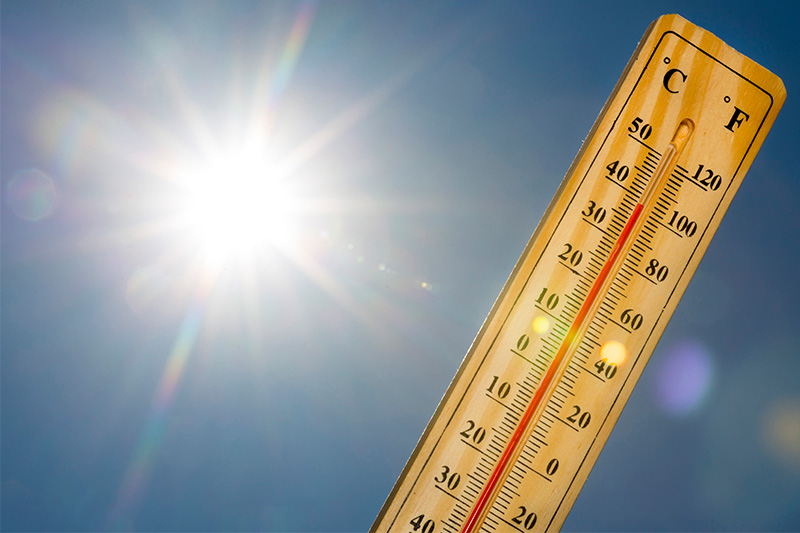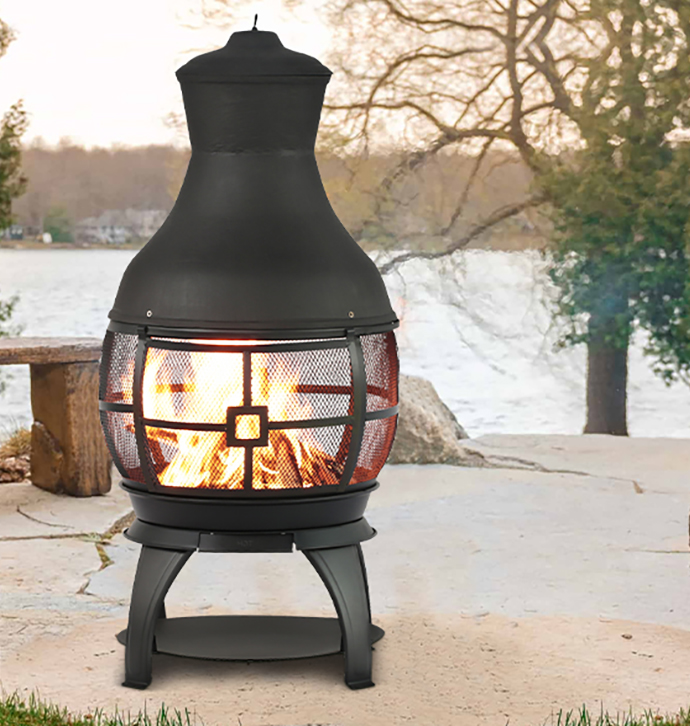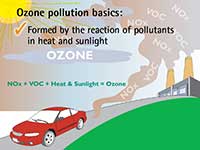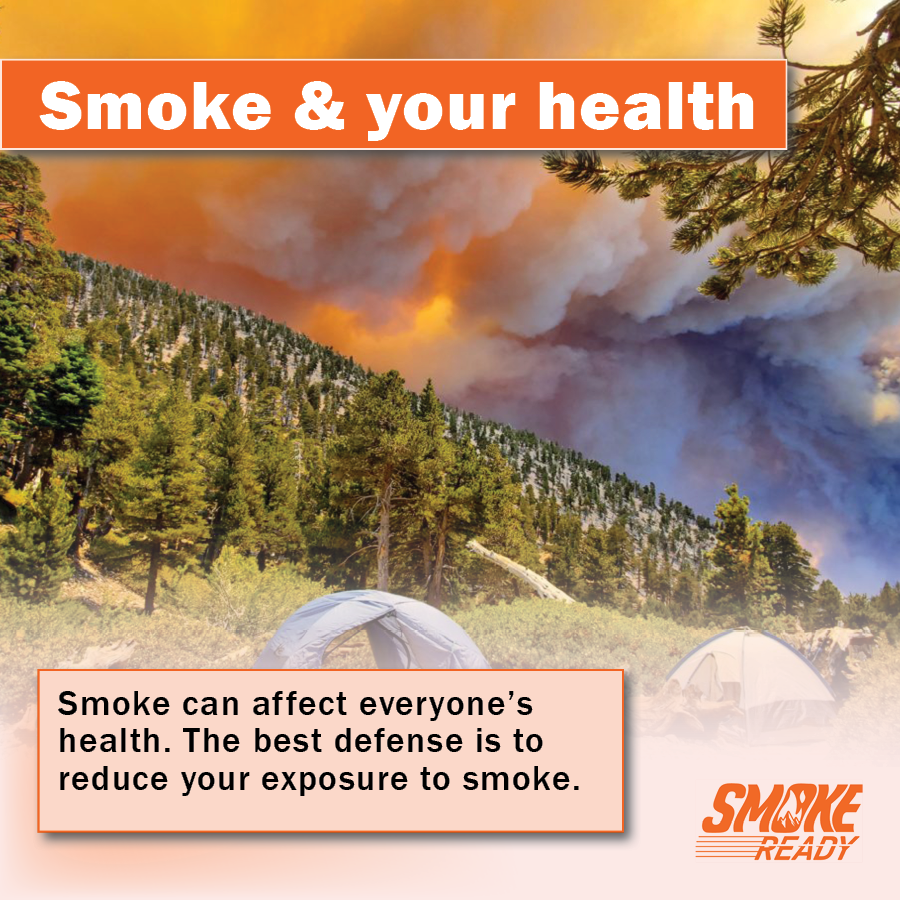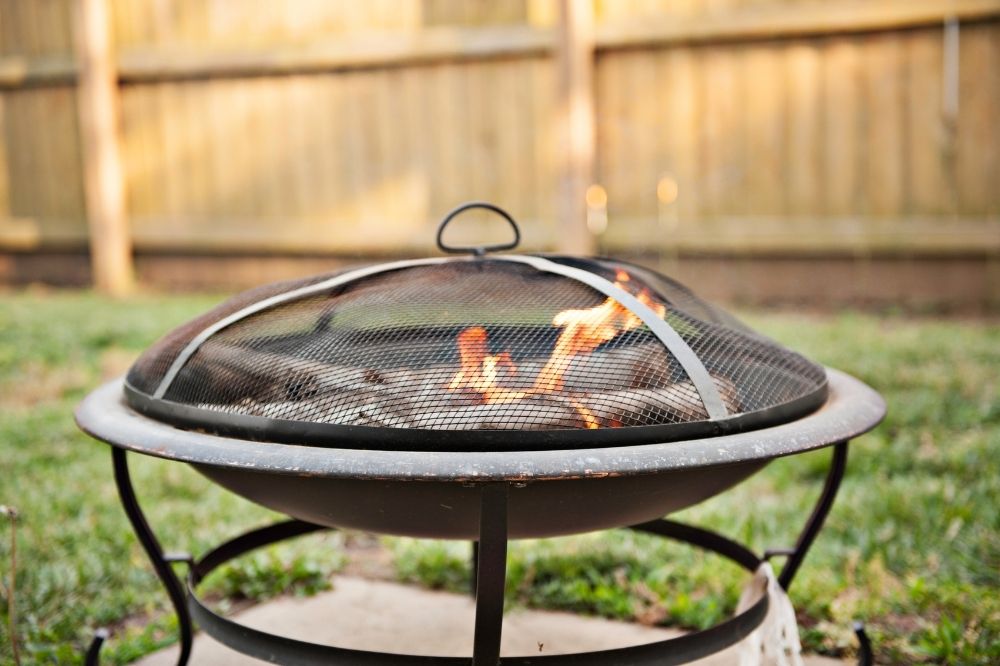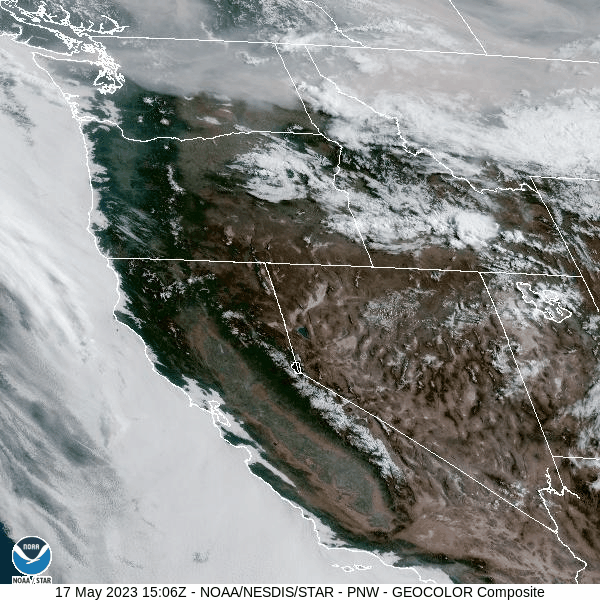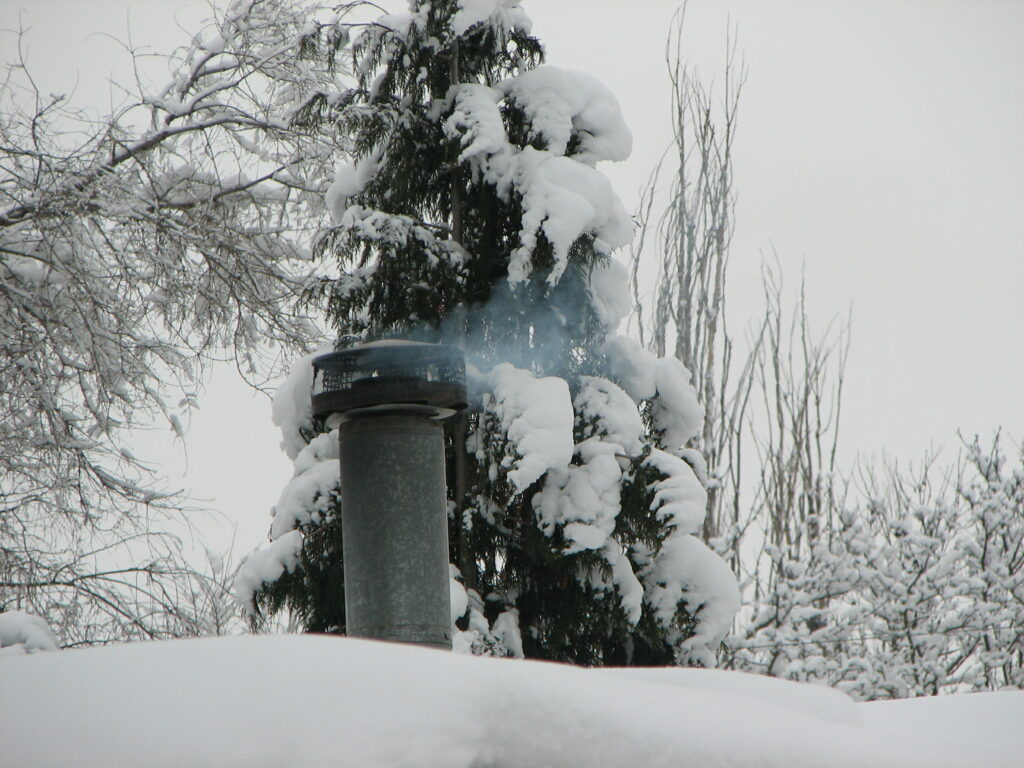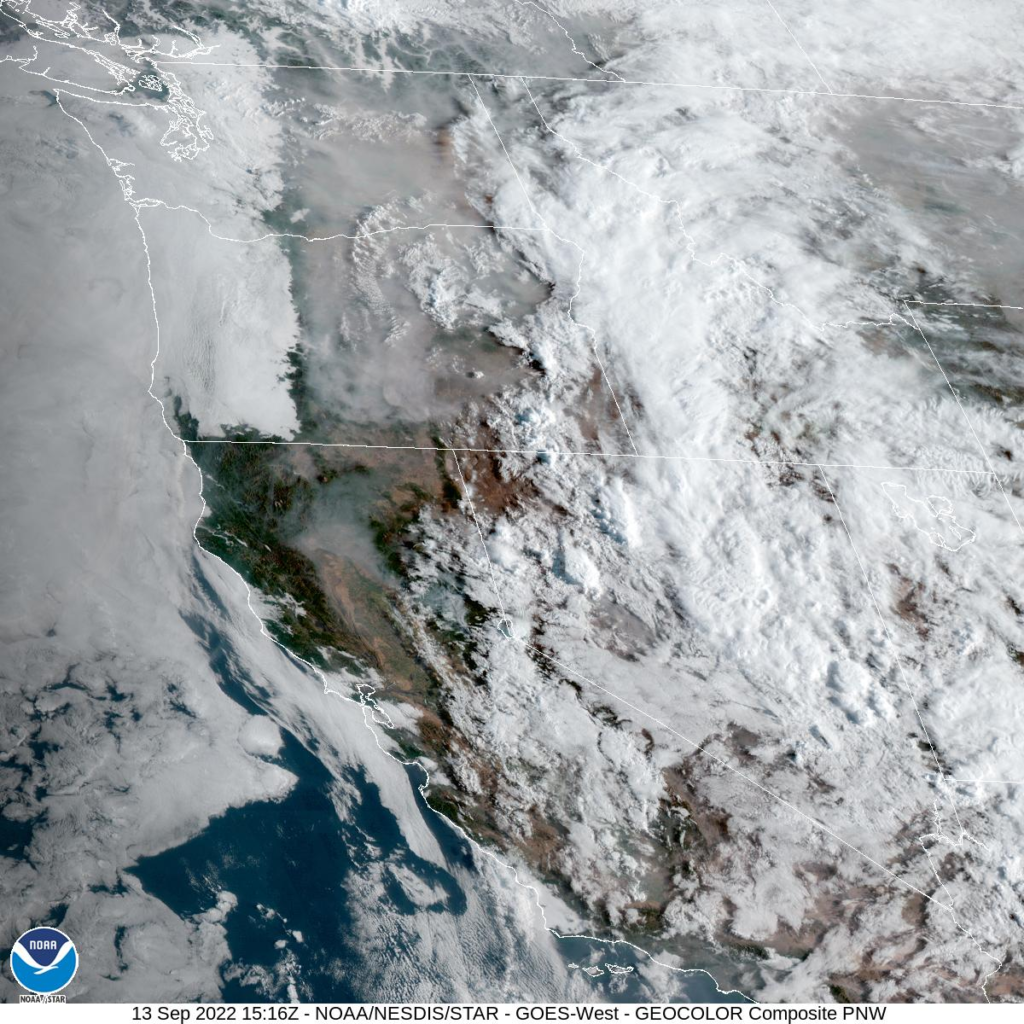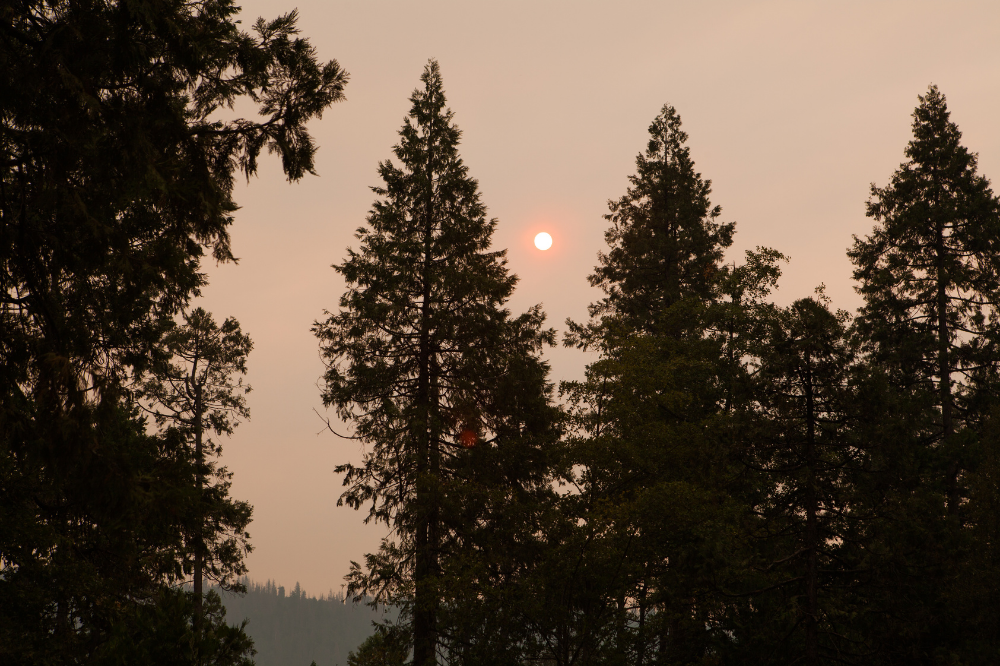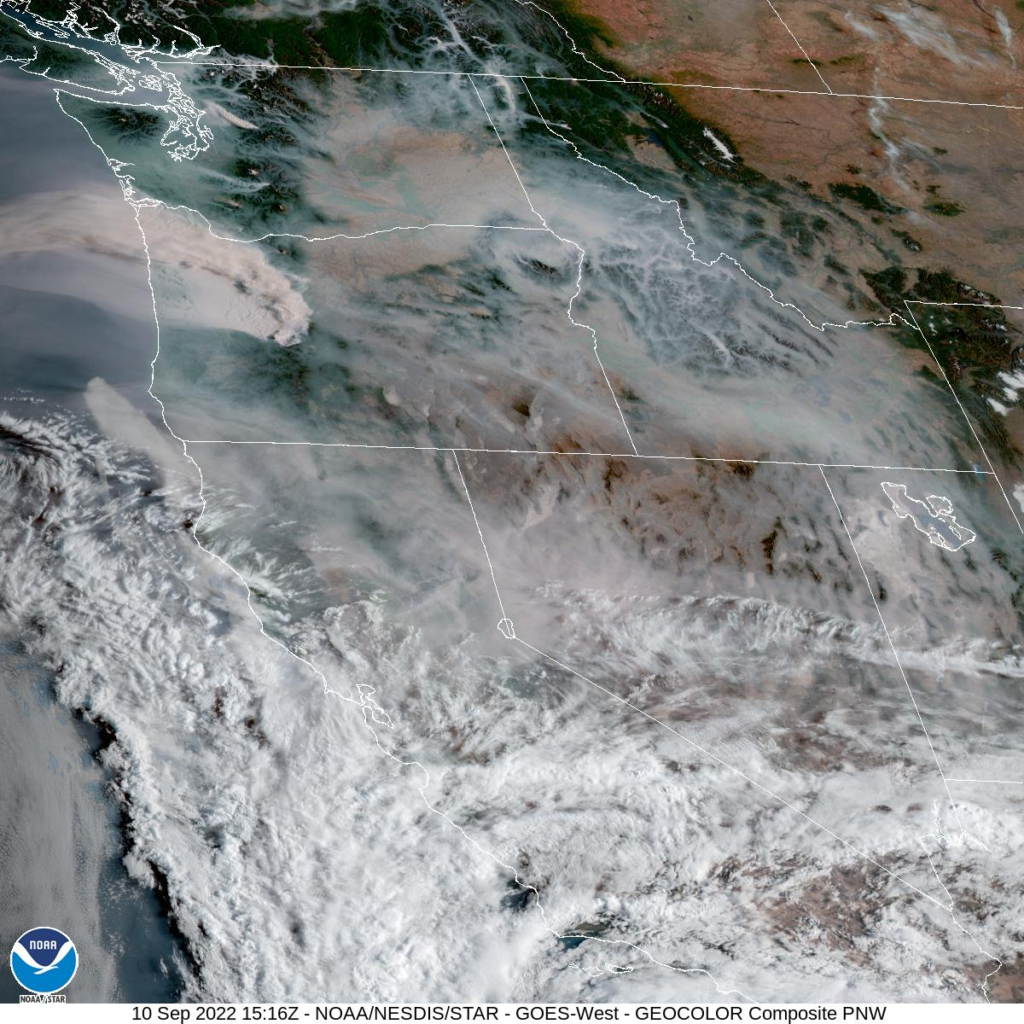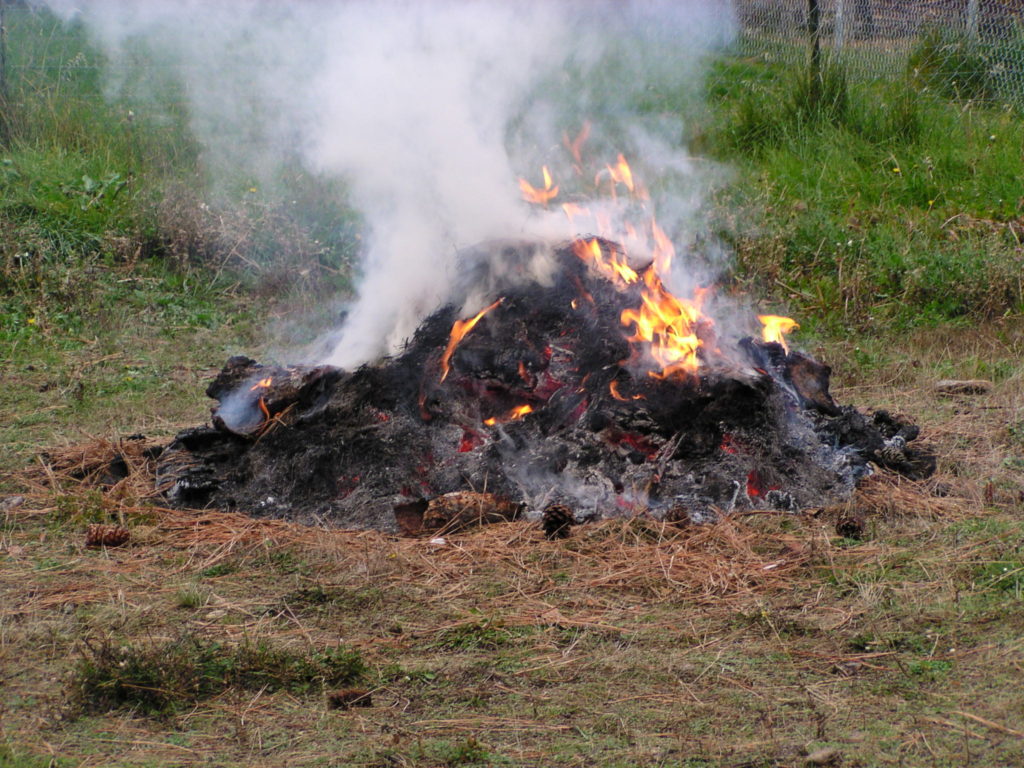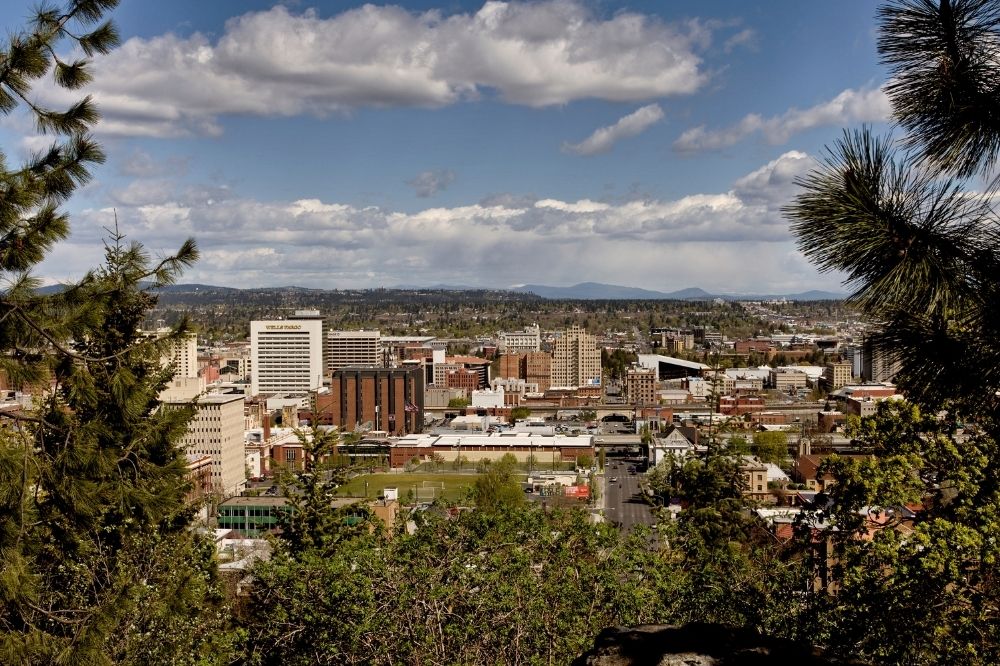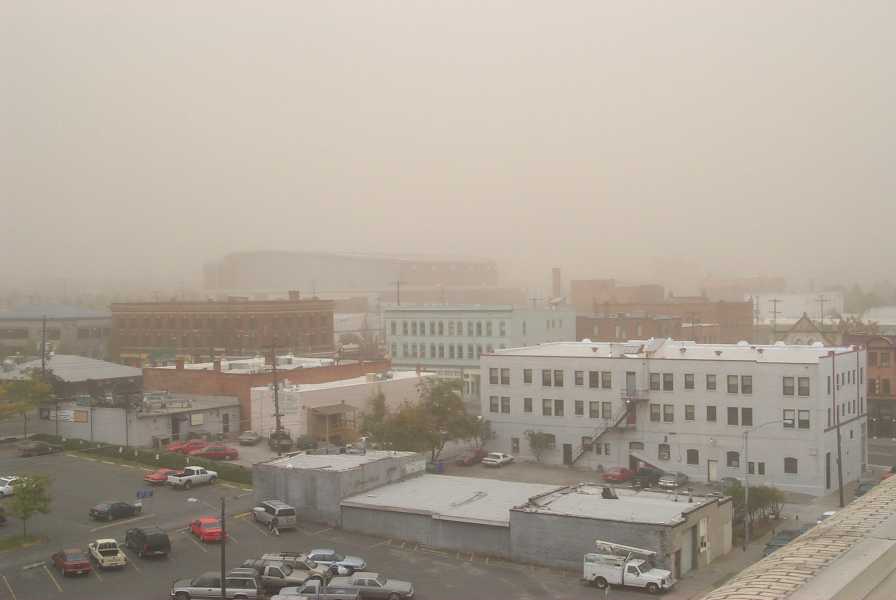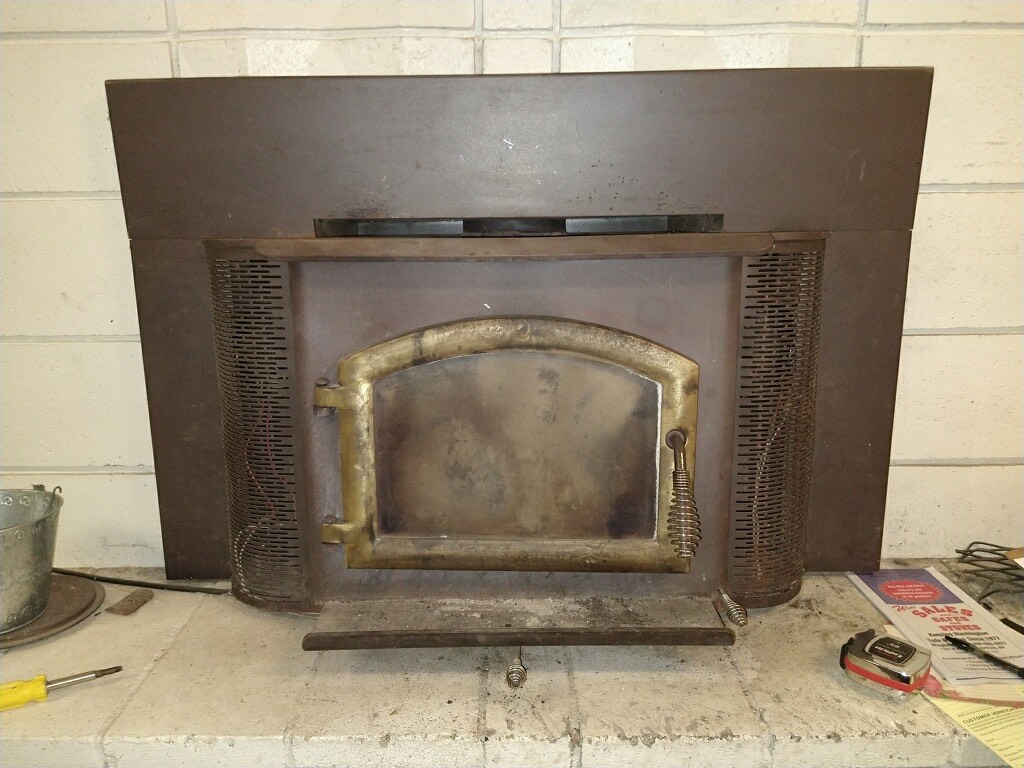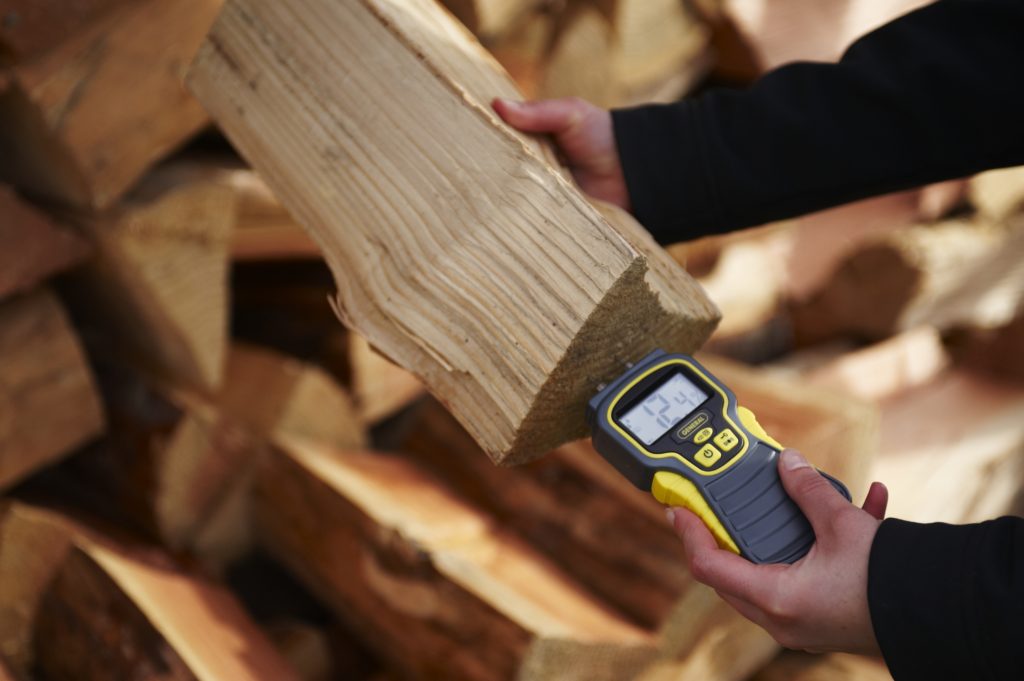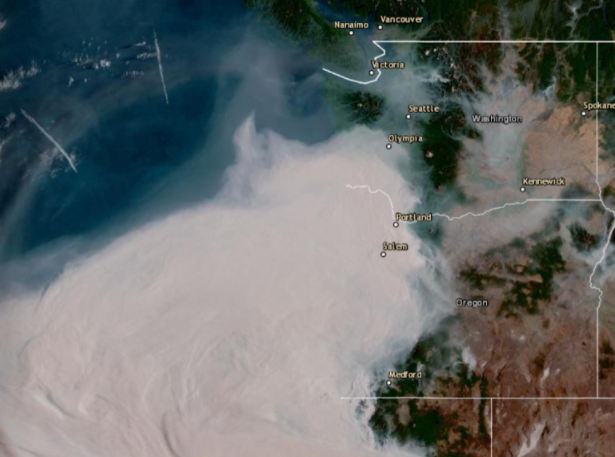
Spokane experienced two exceedances of the health-based standard set by EPA for ground-level ozone pollution in July 2021. The exceedances were due to elevated levels of wildfire smoke in our region combined with hot, sunny days.
Ground-level ozone exceedances are determined using the 8-hour maximum average of the pollutant to find if levels are above the health-based standard set by EPA. The first ground-level ozone exceedance occurred on July 13 with a daily maximum 8-hour average of 76 parts per billion (ppb) or an Air Quality Index (AQI) of 119. The second exceedance occurred on July 14 with a daily maximum 8-hour average of 73 ppb or an AQI of 108.
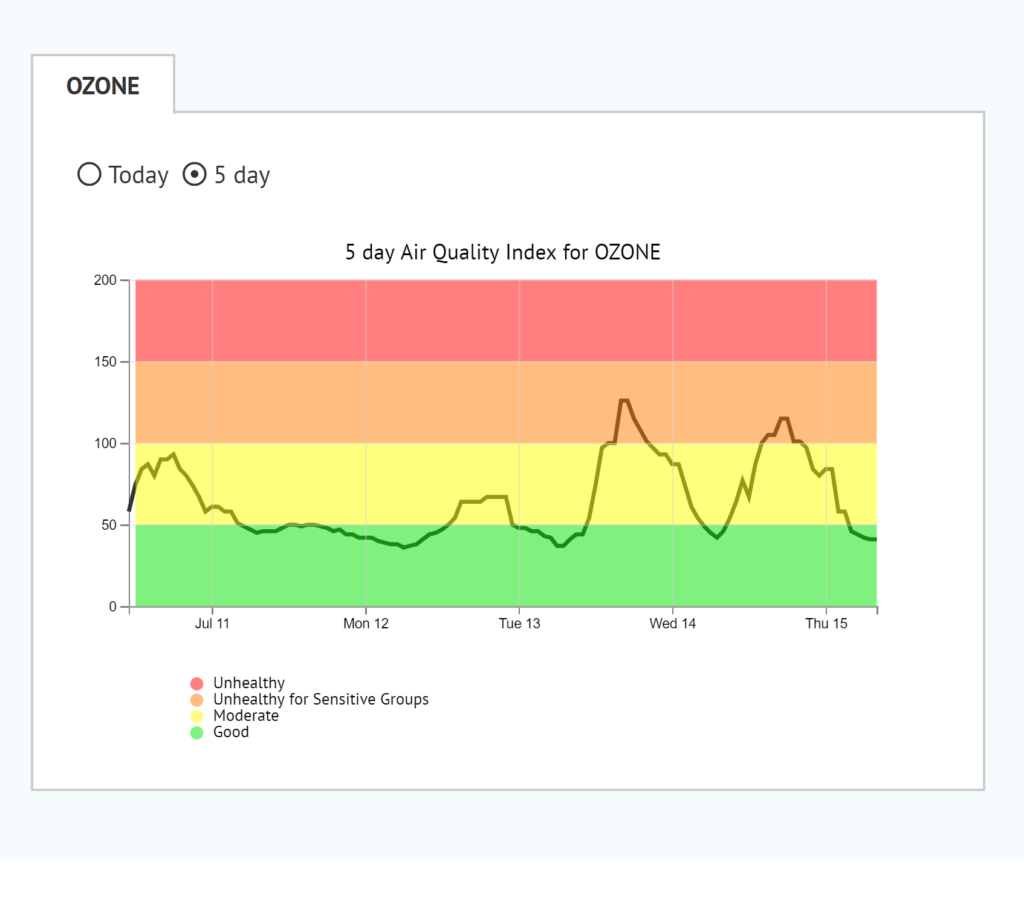
According to a study conducted at the National Center for Atmospheric Research, “distant wildfires can raise ground-level ozone concentrations to unhealthy levels even at large distances from the fire location.”
This is because ground-level ozone is not released directly from sources but is formed when certain gases react together in the atmosphere under hot, dry and sunny conditions. As Ranil Dhammapala with the Washington State Department of Ecology explained on the WA Smoke Blog, “wildfires are copious sources of one of the precursor gases [for ozone].”
Wildfires emit substantial amounts of volatile and semi-volatile organic materials and nitrogen oxides. These gases photochemically react with the sun and heat to form ground-level ozone. This means as smoke plumes travel, there can be elevated levels of ground-level ozone pollution left in its wake and concentrations of the pollutant are highest in evening – after the gases have had time to “bake” in the sun.
When ground-level ozone pollution is elevated, it’s important to take steps to protect your health. This often includes cutting down on strenuous physical activity outside and/or staying indoors until levels drop.
Ground-level ozone can affect everyone, but people with lung disease, children, older adults, and physically active people are especially sensitive. Ground-level ozone can:
- Irritate your throat.
- Cause coughing, wheezing, and painful breathing.
- Inflame and permanently damage lung tissue.
- Aggravate asthma, emphysema, and chronic bronchitis.
- Increase the likelihood of pneumonia and bronchitis.
- Damage trees and plants.


